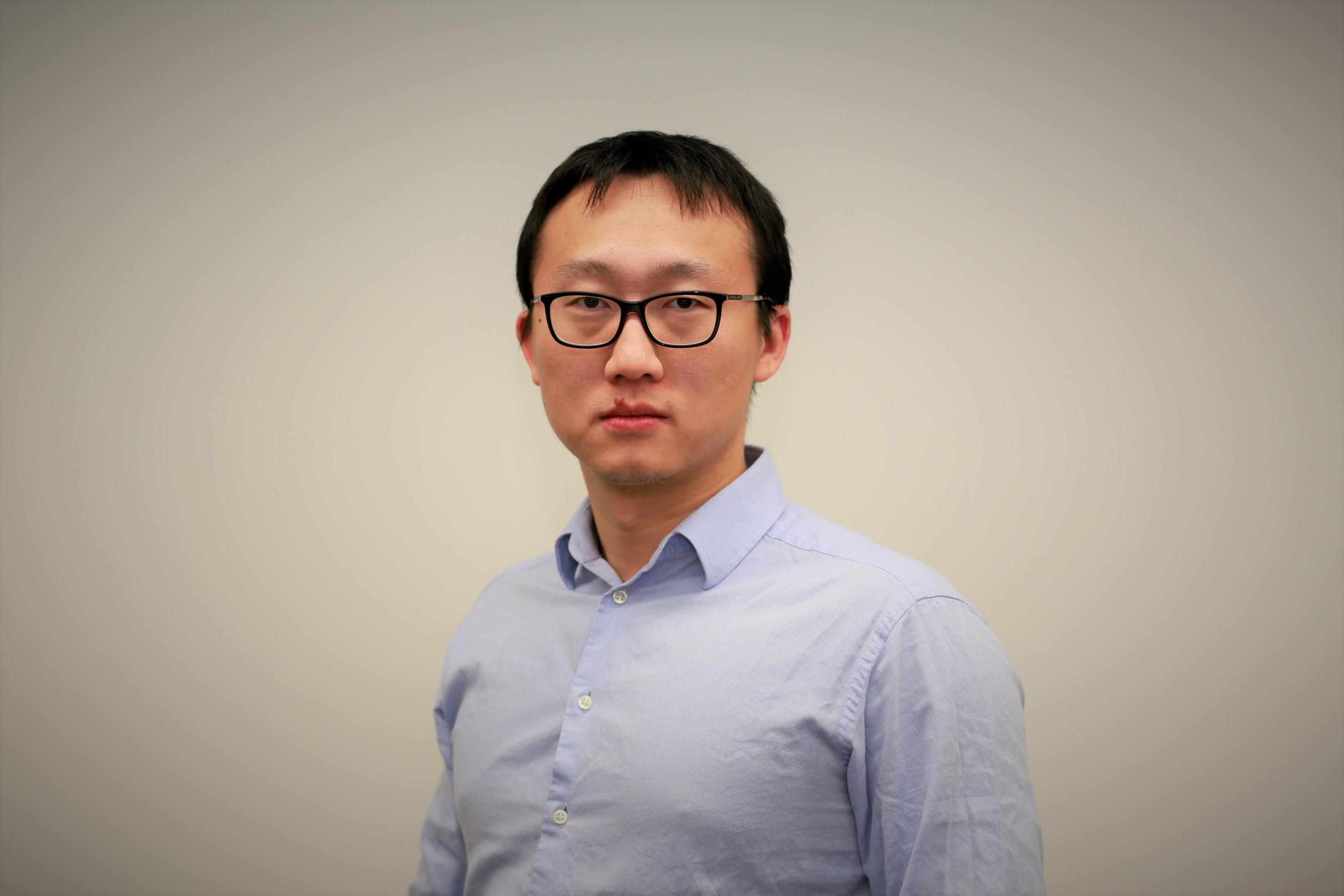Utilizing distributed energy resources (DERs) to participate in power system control is one key feature of smart grids. The large amount of DERs and their flexibility make them great resources to response to help power system to achieve stability and economic efficiency. However, several barriers hinder the process of DERs to participate in such service markets. First, individual distributed energy resource is too small to play a role in power system. This makes it hard for end-users to negotiate with independent system operators (ISO) thus less incentive for end-users to participate.
Second, communication and control systems in DERs nowadays are far from mature, which makes it inconvenient for DERs to respond to power systems. Most of the state-of-art systems are designed without power system stability stability. So they are not fast and reliable enough to response if events happen. In recent years, a few demand response strategies including direct load control are proposed as alternative approaches for frequency regulation. However, most of them are not fast enough to deal with major contingencies, e.g., the sudden tripping of an ultra-high voltage direct current (UHVDC) transmission lines or major generator which can cause severe system frequency drop within seconds.
Third, most of the state-of-art projects are lack of granularity. Under-frequency load shedding schemes cut off load of an entire area when emergency occurs, which does not distinct loads of different importance. Part of the reason is lack of approaches to monitor, identify, and control devices in detail.
Last but not the least, existing individual load frequency control requires specially designed controllers or modifications to the load circuitry and can be cost ineffective for large-scale deployment. In addition, large-scale deployment of direct load controls under the existing paradigm is hindered by huge investment required to upgrade the existing infrastructure.
Recent technology advancement in the area of IoT, cloud and edge computing have demonstrated huge potential in changing the way how load can be managed and controlled. Inspired by this idea, we propose an aggregation platform of DERs based on IoT and edge computing, named as “Grid Sense”. This framework should be able to aggregate distributed renewable energies, storage, and loads to participate in various power system services, such as day-ahead bidding, demand response, and frequency regulation. Desired features of the system are summarized as follows.
- Sub-second measurement and control. This enables the aggregation system to help with power system stability, such as frequency regulation when an HVDC line is tripped.
- Minutes scheduling. This enables the system to participate in demand response.
- Non-intrusive monitoring. This enables the system to identify DER type locally, so that “soft” and flexible control becomes feasible.
- Centralized strategy and edge computing. The control strategy should be made centrally to coordinate wide area and multiple resources. Two control manners should be included. Central control can be utilized in slow scenarios such as demand response. Edge computing and Local control is used in fast scenarios such as frequency regulation.
In this work, we developed a demo system to prove the concept using smart plugs, WIFI communication, and a cloud computing platform. The major focus of this conceptual system is frequency regulation during severe events, which is the most crucial feature of this system. The following innovations and contributions are made:
An innovative framework based on IoT is developed for direct control of loads in a fast and distributed manner.
Edge computing paradigm is utilized based on a proposed extended Kalman filtering approach for local frequency tracking, which greatly reduces the communication requirements of the system while ensures its reliability. The proposed algorithm uses minimum computing resources and works on low-cost IoT/SoC chips.
The demo system is developed and tested using simulated and real-event data in a hardware-in-the-loop manner. With promising experimental results observed, the “Grid-Sense” system is presently being deployed in several pilot projects in State Grid Jiangsu Electric Power Company. This paper summarizes the technologies utilized, major technical breakthroughs, and experimental results during the development of “Grid-Sense”.

